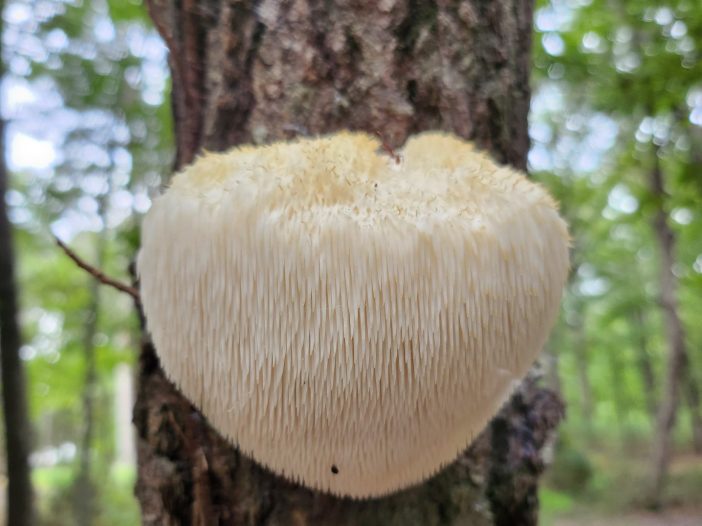Lion’s mane mushrooms appear in North Carolina’s hardwood forests from late summer through fall. This guide covers where to find them, how to harvest them legally, and how to cook them once you do.
Read MoreOutdoor Cooking
Camp Chef Deluxe Outdoor Camp Oven
First Impressions and Setup I set the Camp Chef Deluxe Outdoor Camp Oven on the picnic table and smiled at its polished steel shell. It weighed about 32 pounds but felt solid when I lifted it with the padded side handles and slipped it into its carry bag. The bag made transport easy and protected […]
Read More
